Yuletide 2024: A Journey Through History and Tradition
Related Articles: Yuletide 2024: A Journey Through History and Tradition
- Aesthetic Christmas Drawings: A Step-by-Step Guide To Create Stunning Festive Art In 2024
- The Enduring Legacy Of "A Christmas Carol": A Drawing Contest For 2024
- The 12 Days Of Christmas: A Timeless Melody For The Holiday Season
- Christmas 2024: A Tale Of Hope And Renewal
- Christmas Candy Extravaganza: A Sweet Journey Through 2024
Introduction
With great pleasure, we will explore the intriguing topic related to Yuletide 2024: A Journey Through History and Tradition. Let’s weave interesting information and offer fresh perspectives to the readers.
Table of Content
Video about Yuletide 2024: A Journey Through History and Tradition
Yuletide 2024: A Journey Through History and Tradition
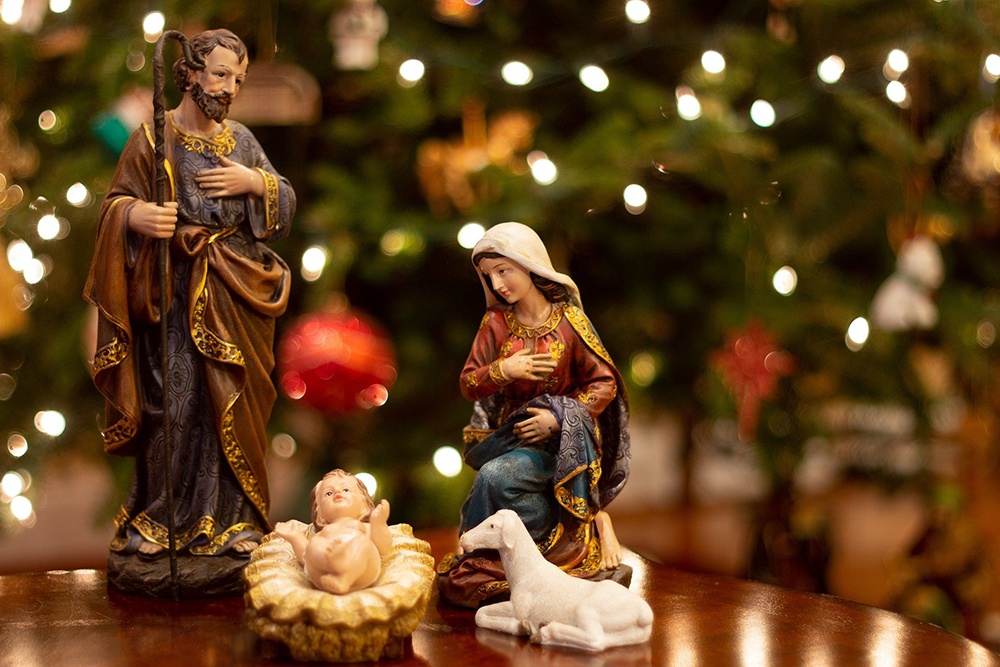
As the crisp autumn air gives way to the enchanting embrace of winter, our hearts turn towards the most joyous season of the year: Yuletide. A time for celebration, reflection, and the renewal of hope, Yuletide holds a special place in the hearts of people around the world.
In 2024, Yuletide will fall on Wednesday, December 25th. This marks the culmination of the Advent season, a period of preparation and anticipation leading up to the birth of Jesus Christ. For centuries, Yuletide has been synonymous with Christmas, a Christian holiday that commemorates the nativity of Jesus. However, the origins of Yuletide extend far beyond the realm of Christianity, deeply rooted in ancient pagan traditions.
Etymology and Historical Origins
The term "Yuletide" is derived from the Old English word "geol," meaning "wheel" or "cycle." It referred to the winter solstice, the shortest day of the year, which was celebrated by the ancient Germanic and Norse peoples. The solstice marked the return of the sun and the promise of longer days to come.
In pre-Christian times, Yuletide was a time of great feasting and revelry. The Germanic tribes believed that the gods Odin and Thor rode through the skies during this period, bringing blessings and protection to those who honored them. Bonfires were lit to ward off evil spirits, and sacrifices were made to ensure a bountiful harvest in the coming year.
With the advent of Christianity in Northern Europe, Yuletide gradually became associated with the birth of Jesus Christ. The early Church fathers saw an opportunity to convert pagans by incorporating some of their customs into Christian celebrations. Thus, the winter solstice festival evolved into a Christian holiday, retaining many of its pagan elements.
Yuletide Traditions and Customs
Over the centuries, Yuletide has become a rich tapestry of traditions and customs, both religious and secular. In Christian communities, the season is marked by church services, nativity plays, and the singing of carols. Families gather for festive meals, often featuring traditional dishes such as roast goose, plum pudding, and gingerbread.
In secular traditions, Yuletide is a time for gift-giving, decorating homes with twinkling lights and ornaments, and gathering with loved ones for merrymaking. The iconic figure of Santa Claus, with his red suit and white beard, has become synonymous with the season, embodying the spirit of giving and goodwill.
The Yule Log
One of the most enduring Yuletide traditions is the burning of the Yule log. This custom dates back to medieval times when a large log was brought into the home on Christmas Eve and kept burning throughout the twelve days of Christmas. It was believed that the Yule log brought good luck and prosperity to the household.
In modern times, the Yule log has evolved into a decorative symbol of the season. Electric or gas-powered Yule logs crackle and glow in fireplaces, creating a warm and inviting ambiance.
The Christmas Tree
Another beloved Yuletide tradition is the Christmas tree. The origins of the Christmas tree can be traced back to ancient pagan rituals involving evergreen trees, which were believed to possess magical powers. In the 16th century, German Protestants began decorating fir trees with candles and ornaments, a practice that eventually spread throughout Europe and beyond.
Today, the Christmas tree is a central part of Yuletide celebrations around the world. Families gather to decorate their trees with lights, ornaments, and tinsel, creating a festive and heartwarming atmosphere.
Yuletide in the Modern World
In the 21st century, Yuletide continues to be a time of joy, celebration, and reflection. While some traditions have evolved over time, the essence of the season remains unchanged. It is a time for families and friends to come together, to share love and laughter, and to embrace the spirit of giving.
As we approach Yuletide 2024, let us take a moment to appreciate the rich history and traditions that have shaped this beloved holiday. May it be a season filled with warmth, joy, and the renewal of hope.
Additional Yuletide Traditions and Customs
- Wassailing: A traditional English custom involving singing and drinking from a large bowl called a wassail bowl.
- Caroling: The singing of Christmas carols, both religious and secular, from house to house.
- Gingerbread houses: Edible houses made from gingerbread, often decorated with icing and candy.
- Mistletoe: A plant that is believed to bring good luck and love when kissed under.
- Poinsettia: A flowering plant with bright red leaves, often associated with Yuletide.
- Twelve Days of Christmas: The period from Christmas Day to Epiphany (January 6th), traditionally marked by feasting and gift-giving.

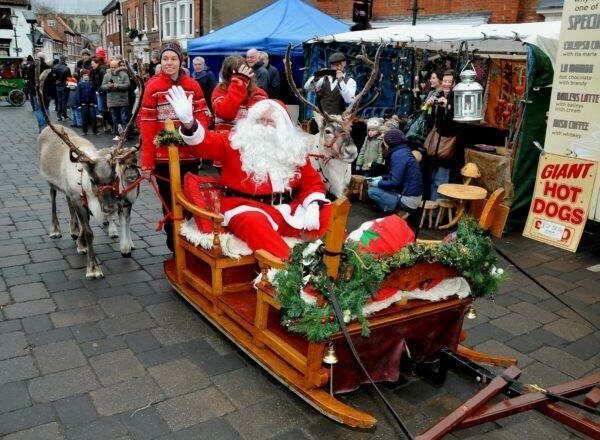
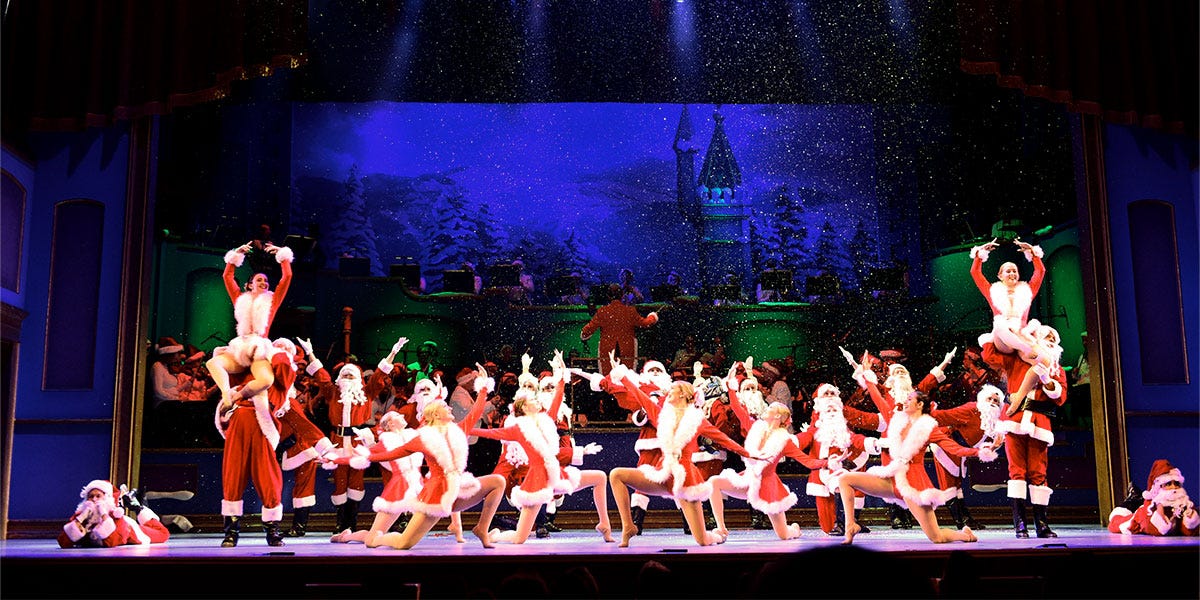
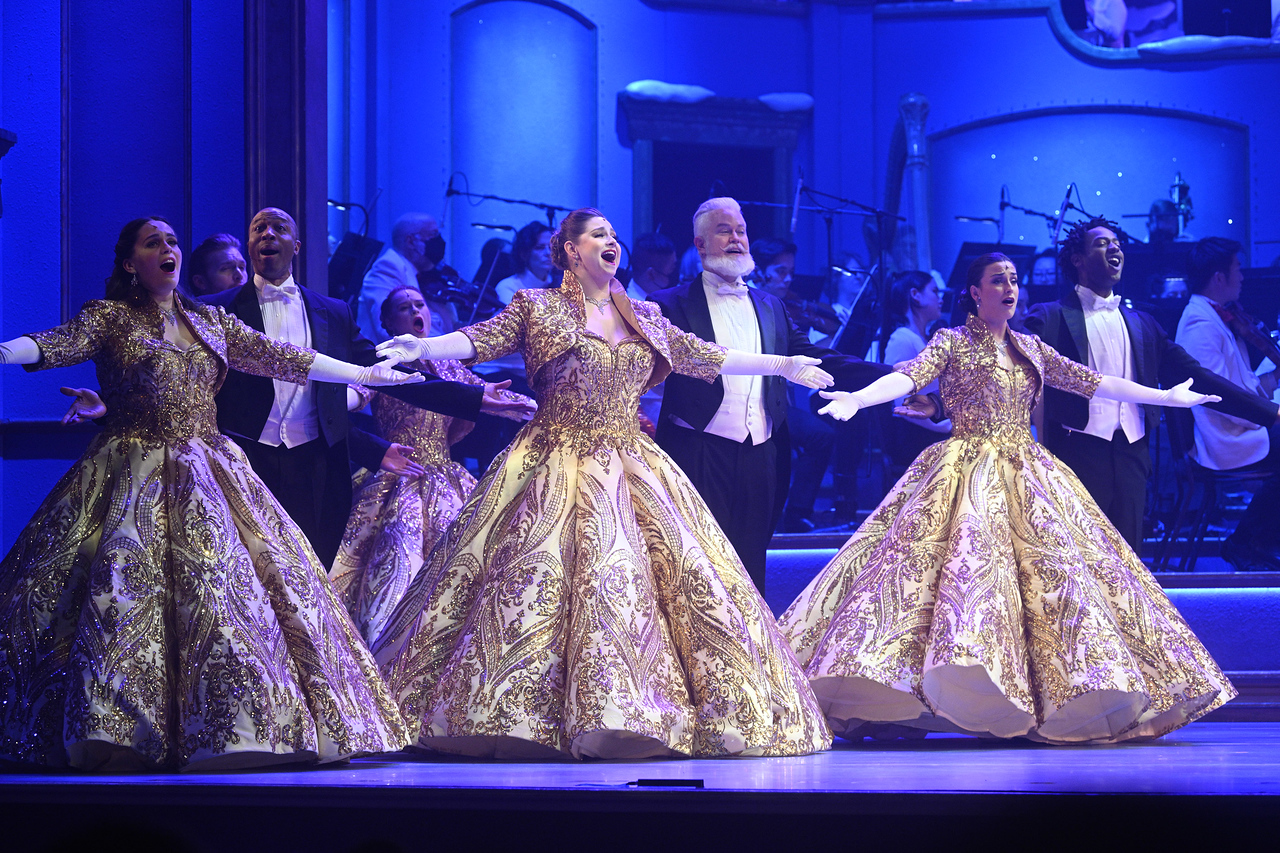
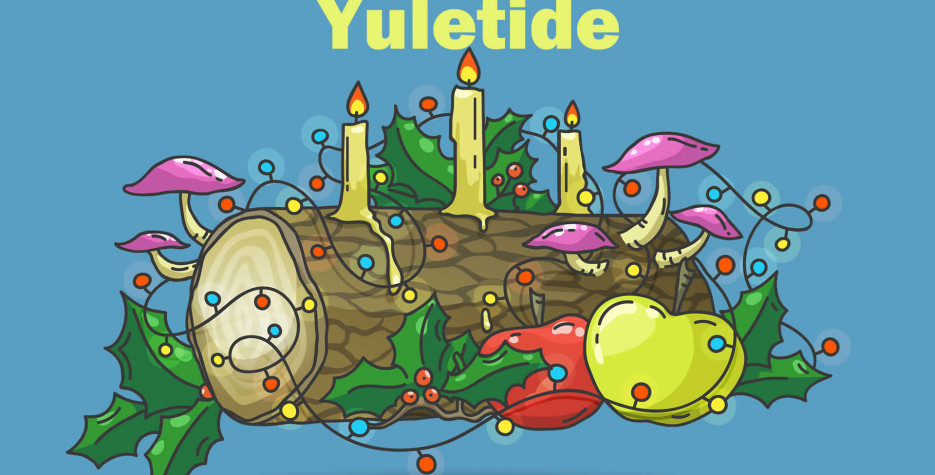


Closure
Thus, we hope this article has provided valuable insights into Yuletide 2024: A Journey Through History and Tradition. We hope you find this article informative and beneficial. See you in our next article!